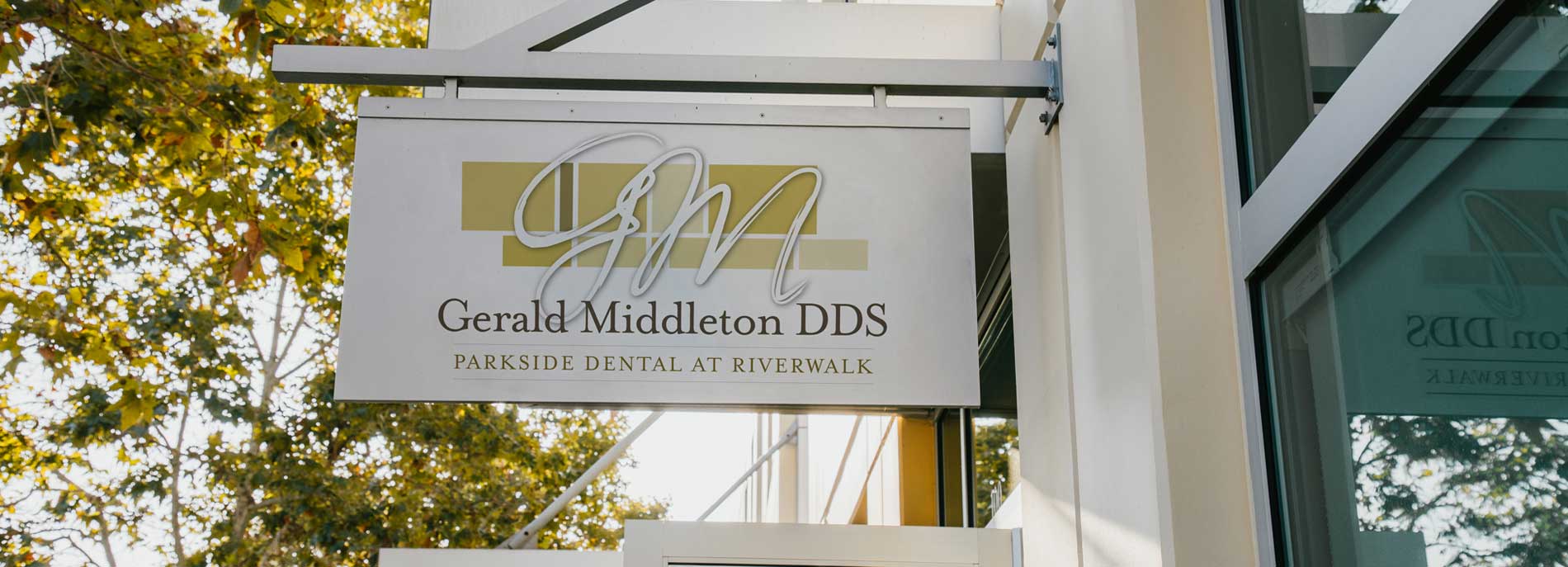Understanding Periodontal Disease: Causes, Treatment, and Prevention
In every smile, an intricate ecosystem exists, hosting a bustling community of bacteria. While most of these inhabitants are vital in maintaining optimal oral health, uninvited bacteria can unleash havoc, causing periodontal (gum) disease. Gum disease starts with seemingly innocuous signs, but if left untreated, it can damage your gums and cause tooth loss.
Suspecting gum disease in Riverside, California? Want to protect your oral health from gum disease? Please reach out to Drs. Gerald Middleton and Adria Cate for top-notch periodontal care. Our doctors are here to assist you in preventing, diagnosing, and treating gum disease, ensuring a healthy and confident smile.
Gum disease explained
Gum disease occurs when plaque is left to accumulate along the gum line. When you fail to brush and floss your teeth properly, a colorless film of bacteria (plaque) forms. When you don’t remove plaque with brushing and flossing, it calcifies into tartar or calculus that only a dentist can remove.
Plaque and tartar contain harmful bacteria that irritate your gums. During the early stages of gum disease (gingivitis), you develop mild symptoms like gum swelling and bleeding. If you don’t treat gingivitis, the condition advances to periodontitis, where the gums start pulling away from the teeth to form periodontal pockets.
Periodontal pockets pose a challenge as they are too deep for your toothbrush and dental floss to eliminate the harmful bacteria residing within them effectively. In such cases, you need the help of a dentist to remove dental calculus and harmful bacteria from these hard-to-reach pockets. If you don’t treat gum disease at this stage, it progresses to advanced periodontitis. Here, the infection erodes the teeth-supporting bone and gingival ligaments, loosening your teeth.

Treating gum disease
Treating periodontal disease depends on the stage. We can reverse gingivitis with vigilant oral hygiene (brushing, flossing, and anti-bacterial oral rinses) and regular dental cleanings. However, mild to moderate gum disease may require further interventions, including deep teeth cleaning.
Deep teeth cleaning involves two procedures: scaling and root planing. During scaling, the dentist or dental hygienist uses a scaler or ultrasonic device to remove dental calculus on the teeth’ surface and beneath the gum line. Then, the dentist smooths out the tooth roots to promote healing and discourage bacterial growth.
Advanced periodontitis may require laser surgery, bone grafting, and soft tissue grafting to restore the damaged tissues. Whatever procedures are necessary, our periodontal team will guide you through every step to ensure optimal oral health.
How to prevent gum disease
If periodontal disease is left untreated, the damage goes beyond the mouth. Untreated infection can put you at risk of heart disease, sepsis, diabetes, and other health complications. Furthermore, gum infection has been linked to preterm births and underweight newborns.
The good news is that gum disease is preventable. Don’t let gum disease compromise your smile and overall dental health. Instead, observe the steps below to keep your gums free from infection.
- Brush your teeth twice every day
- Floss your teeth at least once daily
- Avoid smoking
- Use an anti-microbial mouthwash
- Adhere to bi-annual dental appointments
- Stay hydrated
- Manage diabetes, stress, HIV/AIDs, and other conditions that put you at risk of gum disease
Would you like to learn more about gum disease? Please call (951) 688-3442 to talk to the team at Gerald Middleton DDS of Riverside, CA. Our dental team will explain everything you need to know about periodontal diseases, including prevention, symptoms, and treatment.




